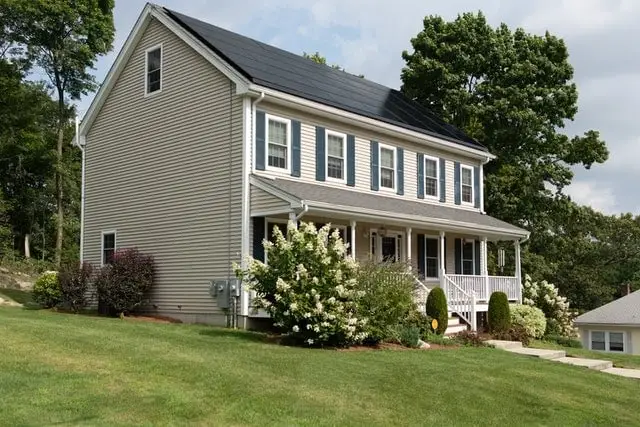A structural engineer inspection, or structural inspection, looks carefully at a home’s foundation, basement, and other major structural components. These inspections are important to confirm that a home is structurally sound and safe to occupy. Most structural inspections are performed by a structural engineer who is carefully trained and educated to look for very specific issues. Most serious structural issues are rare. That said, older homes or properties located in areas with a lot of moisture may experience some form of structural-related stress over time, such as cracked foundations or settling.
As a homeowner, it’s important to know the signs of structural damage to a house so you can make repairs. If you’re planning to sell your home, these issues can also get in the way. By getting an inspection and an official structural engineer report, you can be assured that your home is safe and in good condition.
What’s the difference between a structural inspection vs. a home inspection?
There are some major differences between a structural engineer inspection and a standard home inspection. A home inspection involves looking at various components of a home to visually confirm any issues or signs of damage. These types of inspections are performed by professionally certified home inspectors who have some knowledge of structural issues. Still, they are not qualified to provide homeowners with official structural engineer reports. A home inspection generally covers looking at major components like the roof, plumbing, electrical, HVAC, and other systems of a home, but it’s not as in-depth as a separate structural inspection. A home inspection report will notate major issues like water damage, leaking plumbing or a leaking/damaged roof, and issues with the home’s electrical system or appliances.
A true structural inspection is performed by an engineer. These inspections cover much more ground regarding the home’s structure like the foundation, basement, roof, and whether the home is built to withstand the load of the building. It also covers signs of structural damage to a house, such as cracks in the foundation, sinking or shifting, and bowing or “flexing” floors and walls. These engineers are licensed civil engineers in the state where they work and have a special stamp. When the structural engineer completes a report, they stamp it, giving it a lot more weight than a general home inspection report. In some cases, these reports can halt construction or the sale of a home until the structural issues are corrected. A structural engineer has more influence than a home inspector, although both play vital roles in ensuring properties are safe to live in.
What’s the cost of a structural engineer inspection?
Most structural engineers charge an hourly rate. The cost of a structural engineer inspection can range between $300 to $500 per hour, although some engineers may charge a flat rate based on the type of inspection required.
Do I need a structural inspection?
You might not need a structural engineer inspection, but some red flags may indicate a full inspection is needed. If your home has a distinctive slope on the floors or front porch, or if you see visible cracks above doorways or walls, it could be time to consider paying for a structural inspection.
Signs of structural damage to a house
Here are some signs that there may be structural damage to your home:
- If your doors and windows are difficult to open and close, it’s usually the first sign of a shifting foundation. Windows and doors that stick or stay open could mean that your home’s foundation is in trouble.
- Cracks in your walls, window frames, or foundation may indicate that you have a shifting or sinking foundation.
- Rotting wood in basements, bathrooms, and attics could be a sign of a leaking roof or poor drainage outside your home.
- Warped, uneven, or sloping floors are a serious sign that your home’s foundation is weak or has structural issues.
- Visible gaps between the walls or floors may mean that the foundation is starting to shift.
- If your chimney or roof is leaning or cracked, it could indicate that shifting or settling is taking place.
- Standing water or drainage issues are a serious sign of a structural issue. Look for water damage on brickwork that could indicate a problem with the chimney or walls.
What happens after a structural inspection?
Once the structural inspection is complete, you will receive a detailed report from the engineer. This report will indicate signs of trouble in each area of the home that was inspected, and it should also include some recommendations for repairs.
What is included in a structural inspection report?
The structural inspection report should include a detailed list of all inspected areas, including any issues found by the inspector. The report will highlight areas that raised concern and just how serious those concerns are. You should also get comprehensive details about what caused the damage so that you know what to do next. Additionally, this report should give you some recommendations on how to move forward, whether it’s something you can do yourself or whether a professional contractor is recommended.
These reports can be used to refinance a home or take out a loan to make the necessary repairs. You can also use it to show that any issues initially found by a home inspector were not as severe as you thought, such as a hairline crack in your basement or the sidewalk. Use the information from your report to help you make well-informed decisions about restoring or maintaining the structural integrity of your home.

